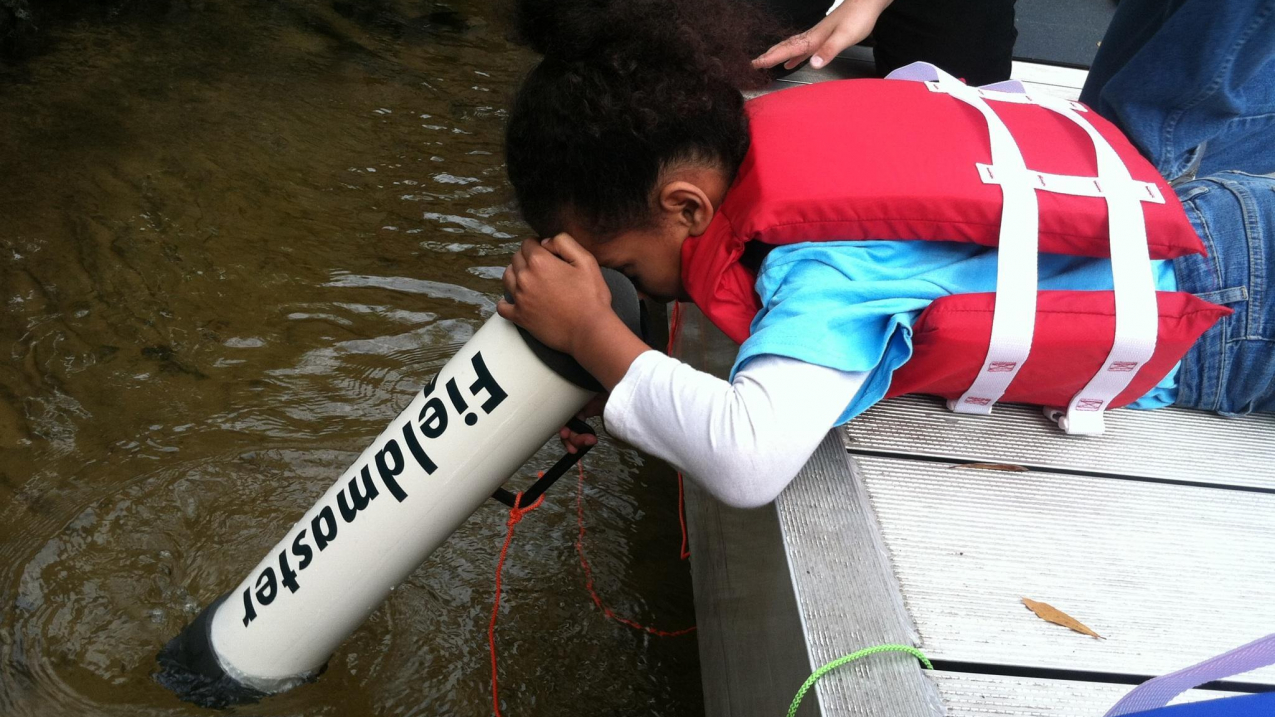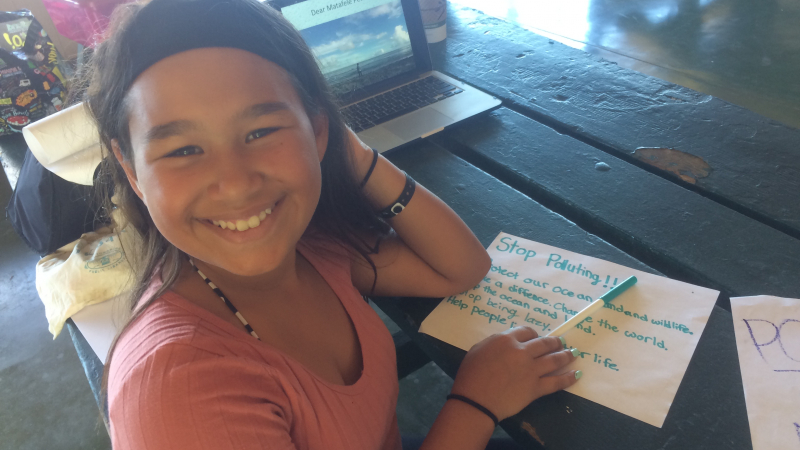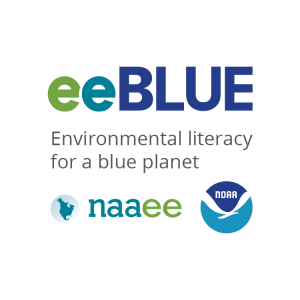Thanks to the newest round of Watershed STEM Education Partnership Grants, students in 17 states will have increased access to science, technology, engineering, and math (STEM) education centered on their local watersheds.

Elementary students make underwater observations to learn about their watershed at the Science and Discovery Center of Northwest Florida as part of their 2015 Gulf of Mexico B-WET project. (Image credit: Science and Discovery Center of Northwest Florida, B-WET)
The North American Association for Environmental Education (NAAEE), in partnership with NOAA and supported by the U.S. Department of Education, will award $2.35 million to 29 environmental education organizations offsite link. These grants support STEM programming for a total of 91 local 21st Century Community Learning Centers (21st CCLC) sites and their students, many of whom live in high-poverty and underserved areas.
Watershed STEM Education Partnership Grants allow environmental education organizations to collaborate directly with the 21st CCLC sites on the design and implementation of locally relevant, out-of-school-time programs that develop students’ environmental literacy and leadership skills as they improve their communities. The funding is provided by the U.S. Department of Education and administered by NAAEE.
Students will learn about STEM while also building leadership and advocacy skills by participating in exciting hands-on learning activities and connecting to nature. Due to current public health guidelines, implementation at some sites may not be immediately possible. In the meantime, Watershed STEM grantees are offering virtual professional development opportunities and planning with partners to ensure that their projects are tailored to evolving partner and community needs.
Derek Esibill, from the Pacific American Foundation in Hawaii, explains, “The Pacific American Foundation’s Kilo Kai program is planning on using GoPro Max 360 cameras to combine still and video imagery to create an immersive experience where students can walk through an entire watershed from the ridges to the reefs.” As some school districts consider reopening, Watershed STEM grantees and partners are working with their communities to determine whether moving classrooms outdoors may present opportunities for safer educational experiences in the future.
“This opportunity to help youth learn about and discover ways to protect their watershed couldn’t come at a better time,” says Kelly Steffan from the Environmental Science Center in Washington. “Aside from the many health benefits of connecting to nature, both physical and mental, empowering youth to find their voice and learn ways they can help protect the watershed will have ongoing positive impacts on these local communities.”
And there will be so many opportunities for new experiences. “We can’t wait to hear the first gasps and exclamations of ‘ewww!’ and ‘whoa!’ as students wade into cold rivers and mud marshes, look at macroinvertebrates and plankton up close or hold a sea star for the first time,” says Katie Gavenus, Program Director at the Center for Alaskan Coastal Studies.

Staff will also gain from the partnership, strengthening both environmental literacy and teaching skills. NOAA and 21st CCLC partners will deliver authentic STEM experiences that use components of the NOAA Bay Watershed Education and Training (B-WET) Meaningful Watershed Educational Experience (MWEE) model along with other NOAA assets and expertise.
These grants are part of eeBLUE offsite link, NAAEE’s effort to build collaborative partnerships that support the mutual STEM education goals of NOAA and the U.S. Department of Education. “We greatly appreciate the hard work of NAAEE and all the grantees to create these amazing STEM opportunities for students across the country,” said Louisa Koch, Director of Education at NOAA.
“It is so exciting to launch this unique opportunity and work together with NOAA and the Department of Education to support educators and 21st CCLC sites. Combining our strengths is a force multiplier in both creating equitable STEM opportunities for students across the country and strengthening EE programs. Together, we can help build a more equitable and sustainable future,” says T’Noya Thompson, Environmental Education Specialist at NAAEE and Program Manager for the grant. “These programs will enrich communities around the country, and ultimately cultivate a sense of stewardship within everyone involved.”
About eeBLUE

NAAEE is building partnerships that support the mutual science technology engineering math (STEM) education goals of the National Oceanic and Atmospheric Administration (NOAA) and the U.S. Department of Education through an exciting collaboration called eeBLUE offsite link. eeBLUE is a $5 million, five-year partnership agreement between the NOAA Office of Education and NAAEE to help create a more environmentally literate society that has the knowledge, skills, and motivation to conserve our natural resources and build more resilient communities across the country. It will also strengthen professional networks, support high-quality STEM education, and provide education and outreach for educators and other audiences.
To learn more and follow our partners’ eeBLUE journey, please visit our Watershed STEM Education Partnership Grants offsite link webpage.



